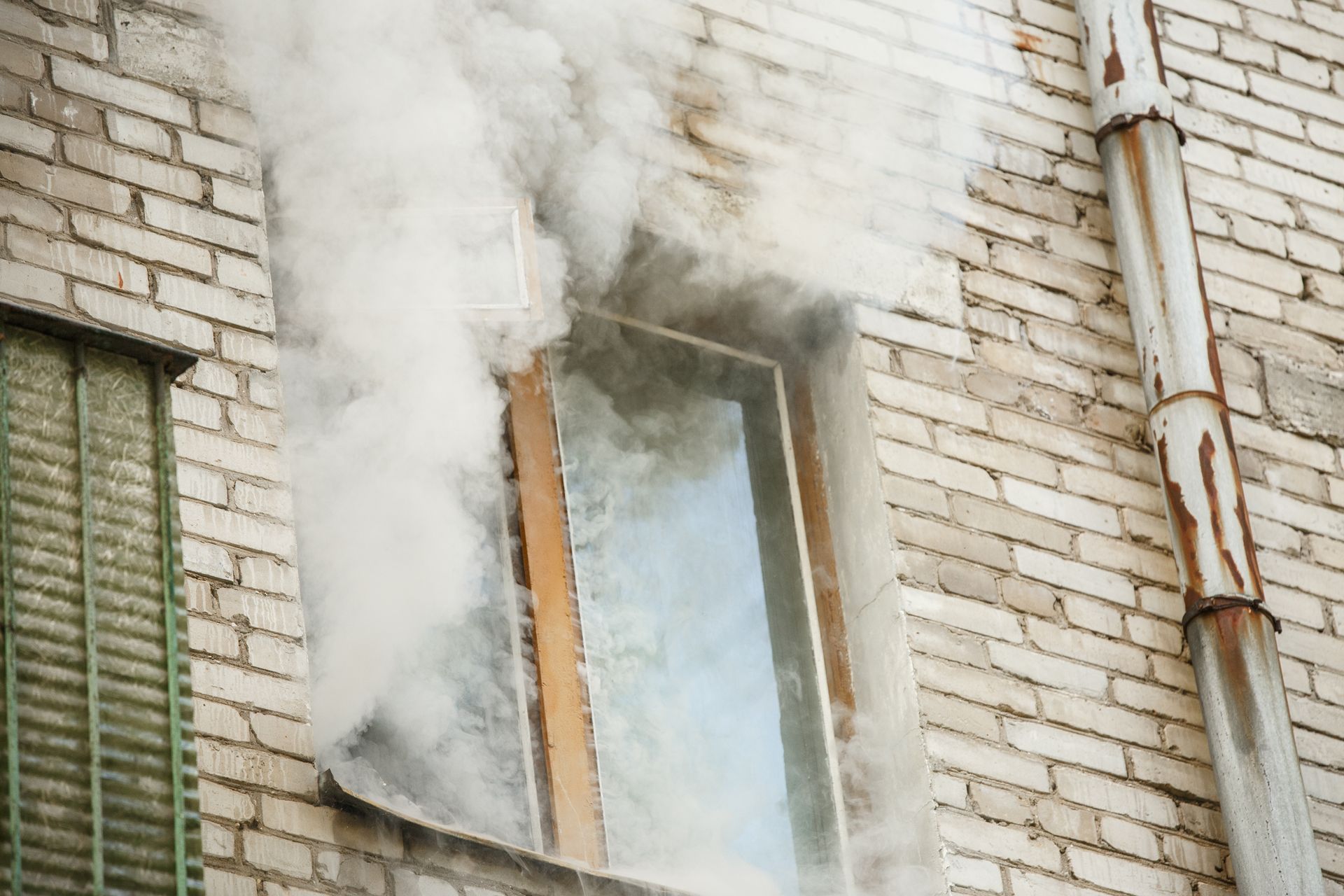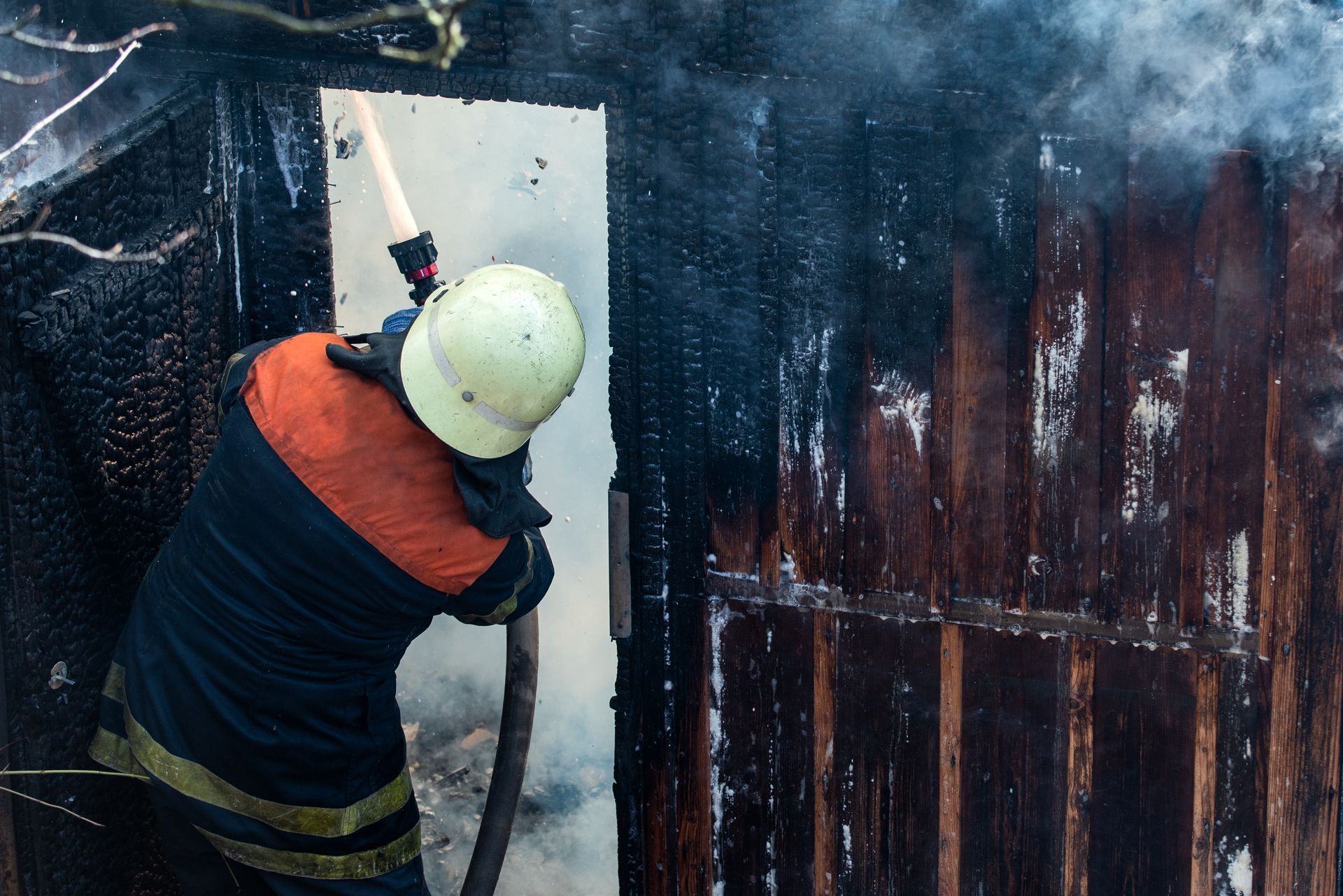Introduction
Fire disasters can strike without warning, leaving behind a trail of destruction and despair. In cities like Denver, CO, where wildfires and house fires are not uncommon, the demand for effective fire restoration techniques is on the rise. Contractors specializing in fire restoration have had to adopt innovative methods to deal with the unique challenges presented by these situations. Fortunately, advancements in technology and restoration processes have made it easier to restore properties back to their pre-loss condition.
This article delves deep into the Innovations in Fire Restoration Techniques Used by Contractors in Denver, exploring new technologies, methodologies, and materials that are revolutionizing the industry. Whether you’re a homeowner dealing with the aftermath of a fire or a contractor looking for ways to improve your services, this comprehensive guide will provide you with valuable insights into effective fire restoration practices in Denver.
Understanding Fire Restoration Denver, CO
What is Fire Restoration?
Fire restoration is a specialized service that aims to repair and restore buildings damaged by fire. This process involves several steps: assessing the damage, cleaning soot and smoke residues, repairing structural issues, and restoring personal belongings affected by the fire.
Why is Fire Restoration Important?
The importance of fire restoration cannot be overstated. A prompt response not only mitigates further damage but also helps homeowners reclaim their lives after a traumatic event. Additionally, effective fire restoration protects property values and ensures safety.
Key Components of Fire Restoration
Damage Assessment Process
Initial Inspection: The first step involves an on-site evaluation to determine the extent of damage caused by flames, smoke, heat, and water.
Documentation: Taking photographs and notes helps create a comprehensive report essential for insurance claims.

Detailed Assessment: This includes identifying structural damage, hazardous materials (like asbestos), and areas requiring demolition or containment.
Smoke and Soot Removal Techniques
- Dry Cleaning: Using special sponges to remove soot from surfaces without causing further damage. Wet Cleaning: Employing water-based solutions for tougher stains that require more aggressive cleaning. Thermal Fogging: This method neutralizes odors trapped in porous materials using heated fogging agents.
Innovative Technologies in Fire Restoration
Advanced Moisture Detection Tools
Moisture detection tools play a pivotal role in evaluating water damage after firefighting efforts. Innovative devices such as thermal imaging cameras allow contractors to identify hidden moisture pockets behind walls or under flooring quickly.
State-of-the-Art Air Filtration Systems
Airborne contaminants from smoke can linger long after a fire has been extinguished. Advanced air filtration systems equipped with HEPA filters effectively remove particulates from the air during the restoration process.
Innovations in Fire Restoration Techniques Used by Contractors in Denver
In recent years, contractors have begun utilizing cutting-edge technologies and techniques that enhance efficiency while delivering superior results. Here are some standout innovations:
Robotic Technology for Fire Cleanup
Robotic systems can navigate through hazardous environments where human presence may be risky. These robots are used to inspect damaged structures safely while capturing data that informs subsequent restoration decisions.
Using Drones for Damage Assessment
Drones equipped with high-resolution cameras provide aerial views of affected properties, allowing assessors to gain insights into hard-to-reach areas without putting themselves at risk.
Material Innovations for Fire Restoration
Fire-Resistant Building Materials
The use of non-combustible building materials is becoming more common among contractors aiming to mitigate future risks. These materials include fiber cement siding, steel studs, and flame-retardant-treated wood products.
Eco-Friendly Cleaning Solutions
As environmental awareness grows, many contractors are opting for biodegradable cleaning solutions that effectively remove soot and odors without harming ecosystems or indoor air quality.
The Role of Insurance in Fire Restoration
How Insurance Claims Work for Fire Damage?
Most homeowners carry property insurance that covers fire damage; however, understanding what is covered can be tricky. It's crucial to consult with your insurance agent before initiating repairs or restorations.
Common Mistakes During Claims Process
Homeowners often make mistakes such as failing to document damage properly or beginning repairs before getting approval from their insurance provider. Understanding these pitfalls can facilitate smoother claims processing.
Local Regulations Impacting Fire Restoration Practices in Denver
Contractors must follow specific codes and regulations when performing fire restorations within city limits. Staying updated on these laws ensures compliance while providing high-quality service.
Fire Safety Education Post-Restoration
Once fire restoration is complete, educating homeowners about fire safety measures becomes paramount. Knowledge about smoke detectors, evacuation plans, and safe storage practices can help prevent future incidents.
Frequently Asked Questions (FAQs)
1. What should I do immediately after a fire?
First off—stay safe! Evacuate if necessary—then contact emergency services followed by your insurance company before starting any cleanup work.
2. How long does the fire restoration process take?
The duration varies based on several factors including severity of damage; however—most projects range from days to weeks depending on complexity!
3. Are there specific types of smoke that require different cleaning methods?
Absolutely! Different types of smoke residue (wet vs dry) necessitate varied cleaning approaches—thus impacting overall effectiveness!
4. Can I perform my own cleanup after a small kitchen fire?
While minor cleanups might seem manageable—it’s best practice to consult professionals who can ensure thorough remediation—you wouldn’t want lingering hazards!

5. Will my insurance cover all expenses related to fire restoration?
Not necessarily! Policies differ widely; check your coverage details carefully before relying solely on your insurer’s promises!
6. What steps can I take to prevent future fires?
Regular maintenance checks on wiring appliances & heating systems—plus installing reliable smoke detectors—are key preventative measures everyone should adopt!
Conclusion
In conclusion, innovations in fire restoration techniques used by contractors in Denver are reshaping how we approach recovery post-fire disaster. From advanced technologies like drones and robotics to eco-friendly materials and thorough education programs about prevention—these advancements ensure homeowners receive efficient services tailored specifically for their needs during challenging times.
Being aware of these trends empowers both homeowners facing unfortunate circumstances as well as contractors seeking better methods—and together we pave the way toward safer communities free from devastating impacts brought https://www.kddevelop.com/ fire restoration contractor K&D Development forth through fires!
If you're searching for expert assistance or looking into potential improvements within your home following an incident—look no further than local professionals specializing in fire restoration Denver! They’ll guide you through every step—from assessment through recovery—with diligence backed up by experience!
By embracing innovation within this vital field—we not only restore properties—but ultimately renew hope amidst adversity!